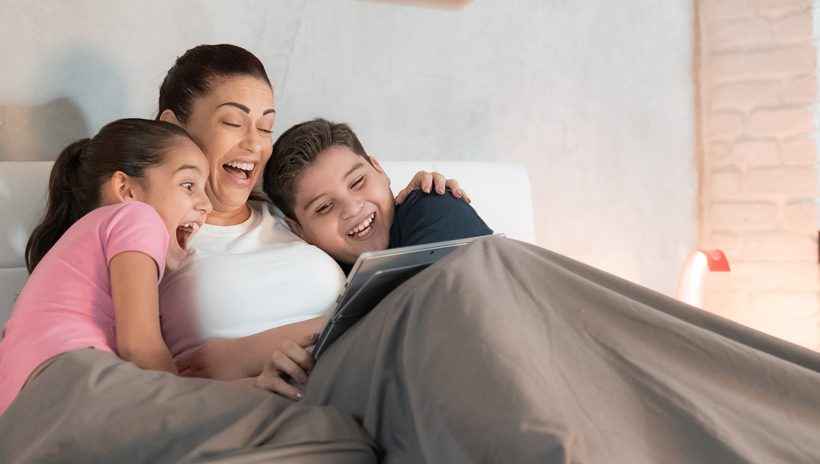COVID-19 has presented an enormous challenge to libraries and librarians. The stress on policies and work habits began during the initial spread of the virus, when most libraries remained open, some with restrictions. These libraries had to figure out how to enforce social-distancing policies in a space that is open to everyone and used to trying to get people through the doors, not keep them at a distance. Then, as many libraries closed, the challenge grew: how to maintain as many programs and services as possible while in quarantine, and that was for the fortunate staff who work in libraries that did close. Many stayed open much longer than advisable or have re-opened for curbside checkout too soon, putting both their patrons and their staff at risk.
The American Library Association is shining a spotlight on the ways in which librarians have made things work recently, in some cases starting new services while buildings were closed. An April press release from ALA highlighted some of the innovative work being done by public libraries in this strange time. From printing face shields with their 3D printers to taking programs online that are usually offered in person, librarians stepped up. The new methods of delivering programs are particularly of note, and I’d like to call for these to be made permanent where possible, because online programs allow a greater diversity of attendees than is generally possible at in-person events. Adults with 9–5 jobs are now better able to attend programs, for example; some may never have been able to go to a storytime with their child, but now they can (provided they have the right tech, of course). Patrons who are disabled are more easily able to attend online programs, too. And physical and time demands have not been the only barrier to library attendance. Libraries can be intimidating to people of color, immigrants, and others, as the library is a kind of government building, and that can be scary; add to that library staffing, which is largely white.
But one question—”How do we get back to doing things like we used to do them?”—is, I feel, the wrong one. These days, the talk is about how to reopen libraries. Physical concerns are, of course, paramount, with administrators working hard to figure out a plan for the unknown—what will it be like? Will people agree to wear masks? How long is long enough to quarantine books when they’re returned? But one question—”How do we get back to doing things like we used to do them?”—is, I feel, the wrong one. Let’s not go back to how it was when generally only older community members, stay-at-home parents, and abled patrons could take full advantage of library services and programs. It would also be ideal to continue offering online programs, or a greater range of them, because they can be presented by a greater diversity of people than in-person events. The libraries highlighted in ALA’s press release, and many more that were not highlighted, are doing great online work that can be continued after COVID. Let’s make a more accessible new normal in libraries.
Need ideas for remote library programming? Check out this article:


